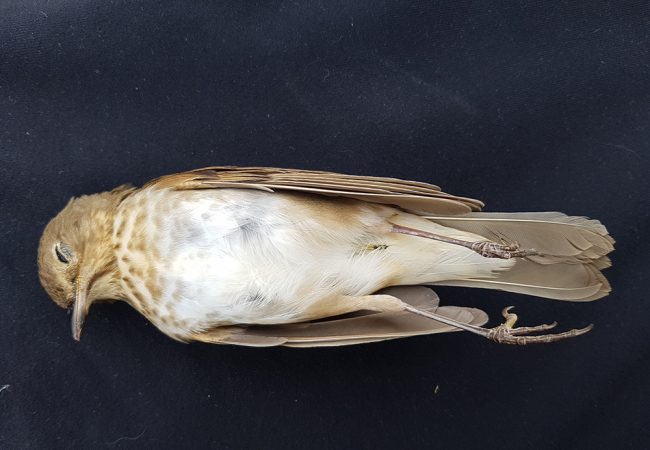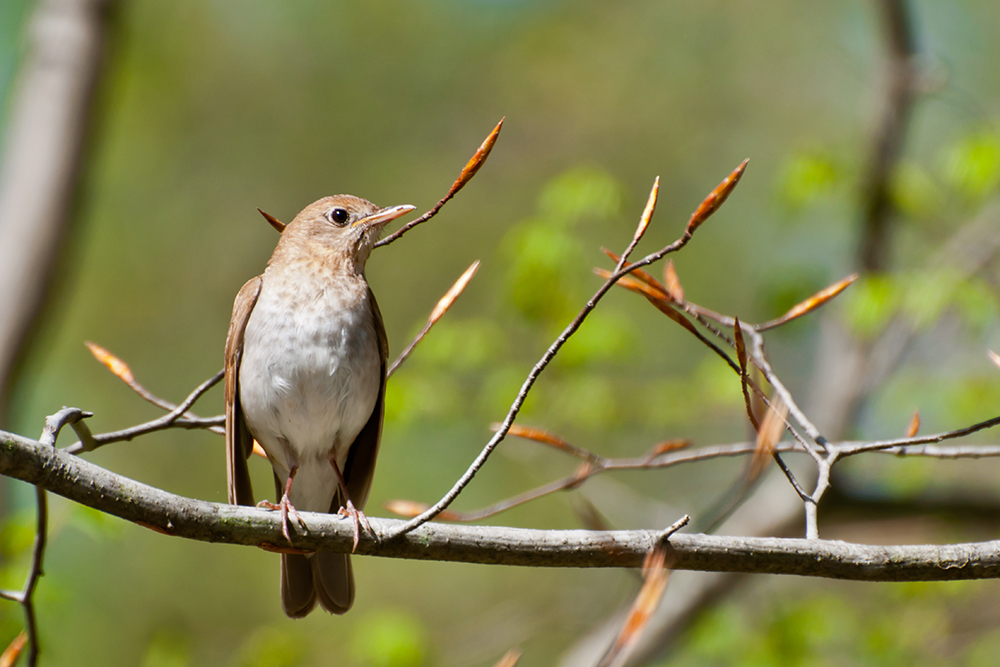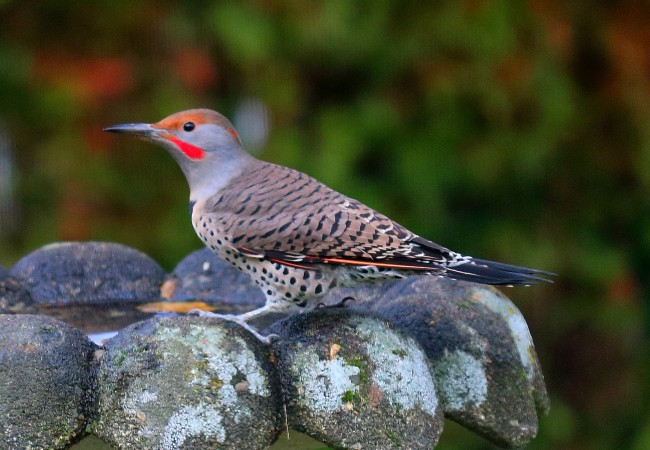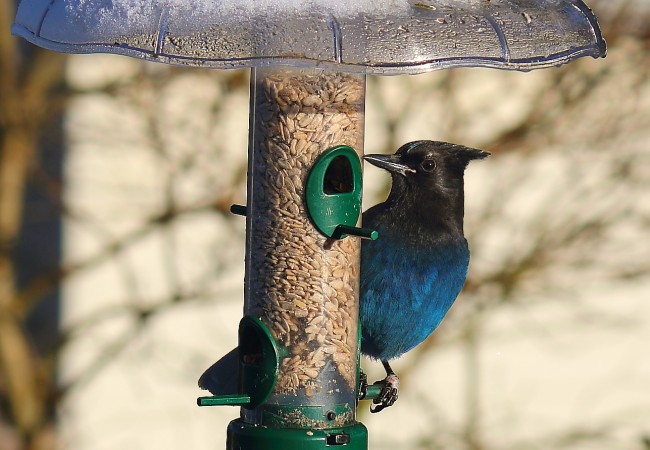Perhaps because we see them regularly, it's easy to take…

On the Death of a Veery
Our windows may be killing a billion birds a year.
This beautiful songbird, called a veery, struck our kitchen window the other day. I was walking into the room when I saw the brief flash of color and heard the thud. The little creature must have been flying fast, judging from the sound of the impact. I found it on the ground, then held it as its life drained away.

Here’s a live veery. In Vancouver, we’re just a bit west of their normal range. Istock/Jason Ondreicka
Things like this affect me deeply. I moped around under a black cloud for much of the day while trying to identify the bird. It took some time, but I finally determined it was a veery. They’re not too common in Vancouver. Birds of Coastal British Columbia doesn’t even include it. I had to consult two other books and Cornell University’s All About Birds website to confirm my identification. How sad that it took this death to discover an interesting new bird. It may have been a young one, judging from its size. In some ways I hope so, because then it didn’t leave a nest of chicks to starve.
Our cities are dangerous enough for birds. They face threats from cats, cars, raccoons, crows, pollution, habitat loss and more. According to the Audubon Society, only 30 percent of young songbirds survive their first year of life. I suspect that percentage is lower in city environments.
Environment Canada tells us that up to 42 million birds die from window collisions in this country each year. In the U.S. estimates average around 600 million deaths per year. Some studies claim a billion.
What can we do? There are a number of measures we can take, reviewed quite thoroughly by Birdwatching Daily. My personal favorite, and the one I’m going to incorporate on our big kitchen windows, is the WindowAlert ultraviolet decal. These are unobtrusive, effective and inexpensive. Please, if you have windows that are killing birds, try one of these solutions.



